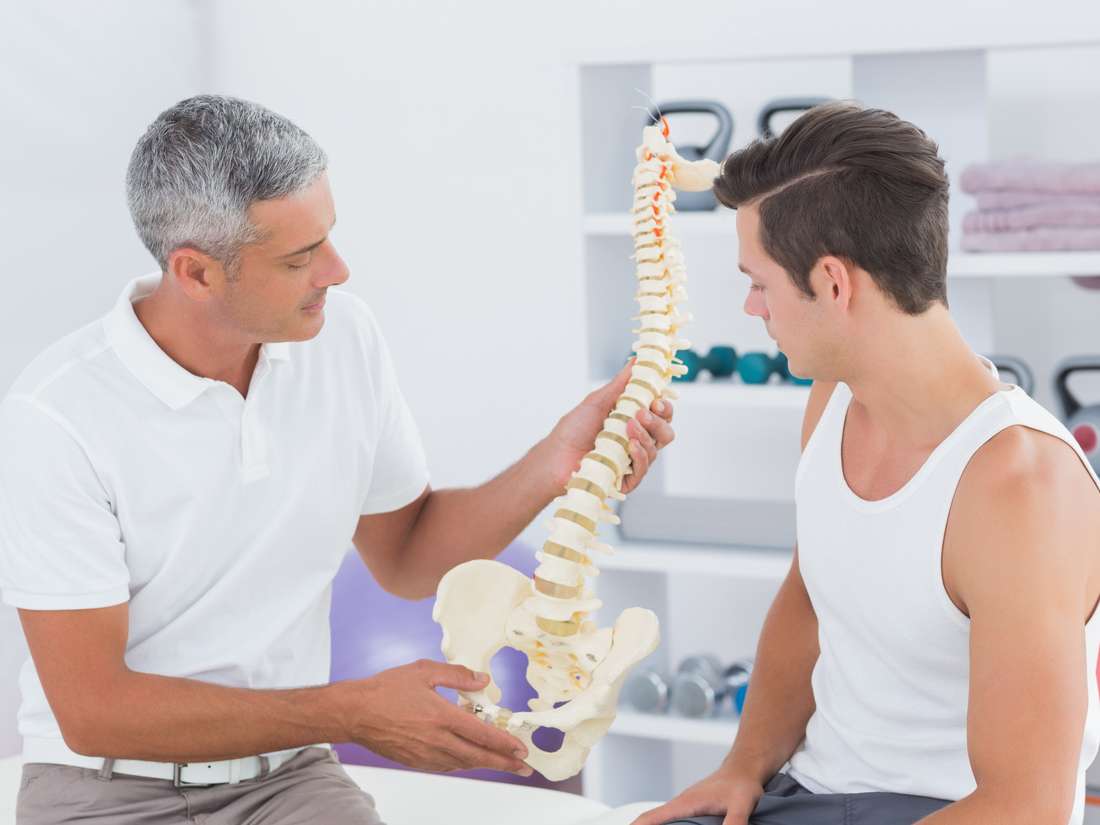
Back pain and its multiple causes
Mild or intense, persistent or transient, violent, throbbing, unbearable, back or neck pain acts as an alarm to signify that something abnormal is happening in the body. Poor posture, pinching of a nerve between two vertebrae, arthritis, sudden movement. We take stock according to the location of the back pain.
When a child has back pain
The back is made up of 24 mobile vertebrae, stacked on top of each other, and held together by the discs, ligaments, and muscles. But this whole is fragile, subject to multiple constraints. The cervical vertebrae are among the most vulnerable in the spine. Having the function of supporting the head, while ensuring its mobility, they are therefore very busy and often mistreated. Whether the pain occurs in the lower back (lower back pain Brisbane), in the neck (neck pain) or more rarely in the middle of the back (back pain), the mechanism is identical.
The mechanisms of pain, originally, there is most often an anatomical lesion of the intervertebral disc, such as a tear or degeneration, caused or aggravated by carrying too heavy loads or repeating gestures.
The posterior part of the intervertebral disc can be damaged, and this lesion stimulates small nerves which propagate painful impulses towards muscles, ligaments and nerves. Neck pain can radiate into the shoulder, elbow, hand or shoulder blades, and a lumbar disorder can cause pain in the calves.
When this pain persists for more than six weeks, it becomes chronic: it is often less intense but leaves little respite for those who suffer from it.
A sudden movement or a violent effort
Severe pain, “like a stab,” then blockage of the lower back characterizes acute low back pain, or lumbago, the most common back pain. Located between the 12th rib and the crease of the buttocks, lower back pain can be the result of brutal efforts (moving, gardening, earthworks) or too frequent forced gestures (bending over a patient, lifting bedridden people, working the arms stretched in the air) as found in the professions of caregiver, house painter or esthetician.
Acute low back pain affects workers and artisans, who make repetitive movements and carry more heavy loads. On the other hand, the risk that this condition turns into chronic low back pain is identical for managers and workers. More often, a crack or sagging of the intervertebral discs is the cause of this low back pain.
Pinching a nerve between two vertebrae
Back or neck pain can also be caused by pinching a nerve between two vertebrae. In the neck, the pain can continue in the shoulder and in the arm.
In the lower back, the pain radiates to the buttocks, even in the leg. Caused by irritation of one of the roots of the sciatic nerve, it is characteristic of sciatica. There is a continuum between the three, over time. We start with low back pain, until the day when the herniated disc occurs, it occurs when a disc, crushed between two vertebrae, comes out of its original position and compresses the nerve root. Very painful, it causes an alteration in the sensitivity of the lower limbs, or even difficulty in moving.
From 40 years old: osteoarthritis
Another major cause of pain is osteoarthritis. This progressive wear of the articular cartilage of the vertebrae causes stiffness and pain, which become chronic.
In case of low back pain: the most affected are many arched people, from 40-50 years. Even more, if they are overweight because this excess fat leads to a melting of the abdominals. Over the age of 60, low back pain is all the more frequent since we often have disc problems and arthritis. The main consequence is a narrowing of the lumbar canal (which contains, in particular, the nerves intended for the lower limbs, such as the sciatic nerves) and claudicating which causes pain in the sciatic nerve when walking, which makes prolonged walks impossible.
